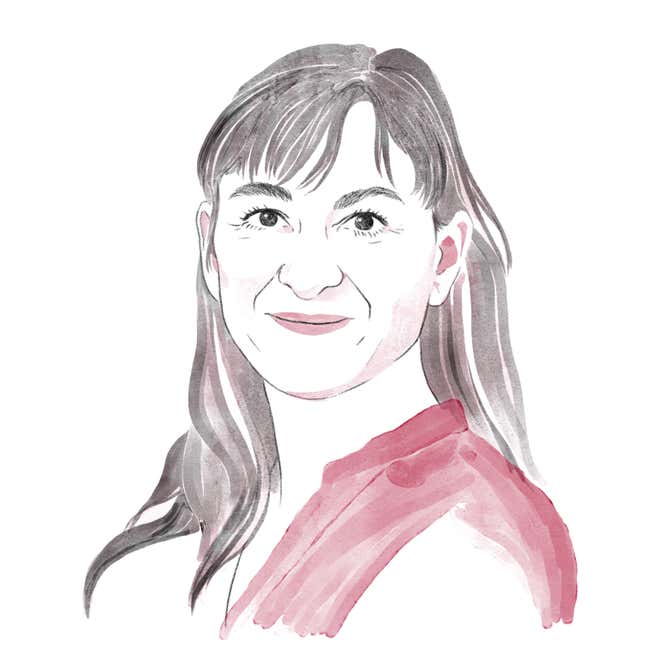
Illustration: Angelica Alzona/GMG
Stunned patients, exhausted doctors, overworked funeral directors, mourning families, and filled caskets lowered into the ground: This is what the world through Lynsey Addario’s camera looks like in 2020. The Pulitzer-winning photojournalist spent part of the year documenting the coronavirus pandemic in the United Kingdom for National Geographic, and the results are arresting. Addario has captured the small visual details that would have otherwise been unseen in a tragedy so devastating that it almost seems unbearably abstract. But in Addario’s photographs, these details accumulate—hands rub weary eyes, flags drape on coffins, the physical strain of a pallbearer, the eyes of a patient filled with terror—and a full picture of our catastrophe emerges. An estimated 1.77 million people worldwide have died; Addario has captured the depth of that loss with a deserving frankness.
It’s almost ironic that Addario, known for her straightforward photographs of war-torn Iraq, Libya, and the Taliban-controlled Afghanistan or her vulnerable portraits of refugees would turn her camera to her home. But for Addario, documenting the pandemic was an extension of her work as a conflict photographer. “So much of what I’ve done as a photographer is cover big historical and international events of our time, whether that’s the war in Afghanistan or the war in Iraq or the various humanitarian crises,” Addario told Jezebel. “We’re dealing with great loss of life, hospitals are filling up to capacity—[the pandemic] very naturally falls into that.”
-

-

-

-

-

-

-

-

-

-

-

-

-

-

-

-

-

-

-

-

-

-

-

-

-

-

-

-

-

-

-

-

-

-

-

-

-

-

-

-








































